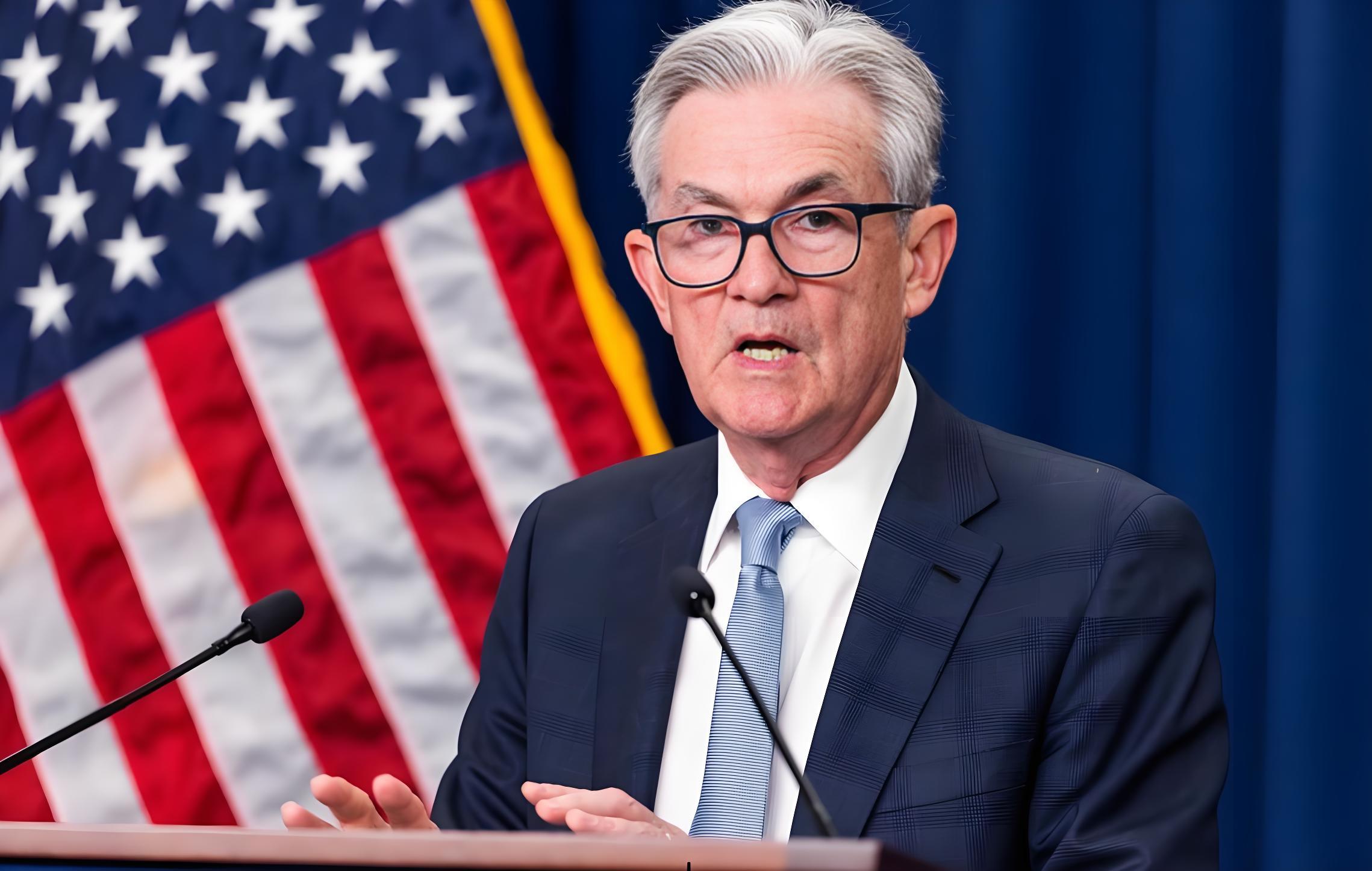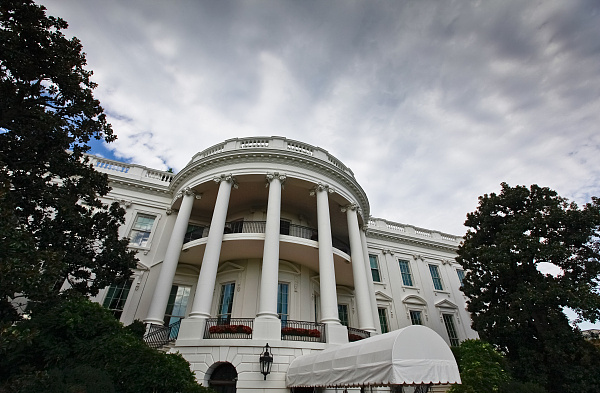
The Federal Reserve released the minutes of its May Federal Open Market Committee (FOMC) policy meeting, drawing significant attention from financial markets. The minutes reveal that the Fed faces a daunting dilemma in its future policy decisions, as risks of rising inflation and unemployment have intensified simultaneously, complicating the balance between its dual mandates of "stable prices" and "maximum employment."
The meeting minutes note that economic uncertainties have grown significantly since the March meeting, with tariff policies amplifying inflationary pressures. While inflation has eased from its 2022 peak, the core Personal Consumption Expenditures (PCE) price index rose 2.6% year-over-year in March 2025, with overall inflation at 2.3%—both slightly above the Fed’s 2% long-term target. Businesses generally plan to pass on some or all tariff-related cost increases to consumers, and even companies not directly affected by tariffs are leveraging the inflationary environment to raise prices, further fueling price pressures. Concurrently, Fed researchers downgraded economic growth projections for 2025 and 2026 to reflect current announced trade policies, stating that these policies will impact economic activity more severely than previously expected and are likely to drag down potential growth rates in the coming years.
In the labor market, while the unemployment rate remains stable at 4.2%—close to the average in late 2024—its outlook is far from optimistic. The meeting minutes indicate that the labor market will experience "notable weakness," with the unemployment rate expected to rise above the "natural rate" this year and remain elevated through late 2027. Against the backdrop of slowing economic activity and declining export demand, the resilience of the labor market will be tested. Sustained slowdowns in nominal wage growth suggest the labor market is unlikely to be a primary driver of new inflationary pressures.
This simultaneous rise in inflation and unemployment risks places the Fed in a policy quandary. If inflation remains persistently high, the Fed may need to adopt contractionary monetary policies to curb price growth, but this could further dampen economic growth and drive up unemployment. Conversely, easing policies to boost employment and economic growth might exacerbate inflationary pressures.
The minutes also highlight that Fed officials are closely monitoring long-term inflation expectations among the U.S. public. While market-based inflation expectation indicators remain anchored, University of Michigan survey data shows consumers’ expectations for inflation over the next 5 to 10 years rose significantly this year, largely due to tariffs. Officials stressed the critical need to maintain stable long-term inflation expectations to avoid the greater challenges posed by unanchored expectations.
Additionally, multiple officials sounded alarms about financial market behavior in April, emphasizing "increased volatility" across asset classes. Notably, falling stock prices have coincided with rising long-term Treasury yields and a depreciating U.S. dollar—an unusual pattern. They warned that this divergence could signal deeper structural shifts, such as a decline in the safe-haven status of U.S. assets, which may have long-term economic implications.
On the policy outlook, participants agreed that with economic growth and the labor market still relatively robust, and current monetary policy in a moderately restrictive stance, the FOMC is well-positioned to await clearer inflation and economic data before taking action. It is appropriate to adopt a cautious approach until the economic impacts of recent government policy changes become more evident.
The Fed’s next meeting will be held on June 17–18, during which it will announce its interest rate decision and update projections for inflation, employment, and economic growth (SEP), along with the closely watched dot plot of interest rate expectations. Markets currently have divergent views on the Fed’s future rate path: federal funds rate futures indicate investors expect the Fed to keep policy rates stable in June and July but deliver 25-basis-point rate cuts in September and December. However, some analysts argue that room for rate cuts remains limited until inflation shows a clear downward trend. In the coming months, inflation trends, labor market developments, and global trade dynamics will be key variables influencing Fed policy. Markets will closely monitor the Fed’s moves to gauge the future trajectory of the U.S. economy and financial markets.

Below is the English translation of the text, with precise handling of political terms, consistent sentence structures, and preservation of the original’s analytical tone and logical flow:
Below is the English translation of the text, with precise …
On December 15 local time, Trump took the British Broadcast…
In recent years, the application of artificial intelligence…
According to Yahoo US media reports, the recent remarks of …
After 11 years of waiting in the deep sea, we finally have …
On December 17, 2025, the newly renovated American "Preside…